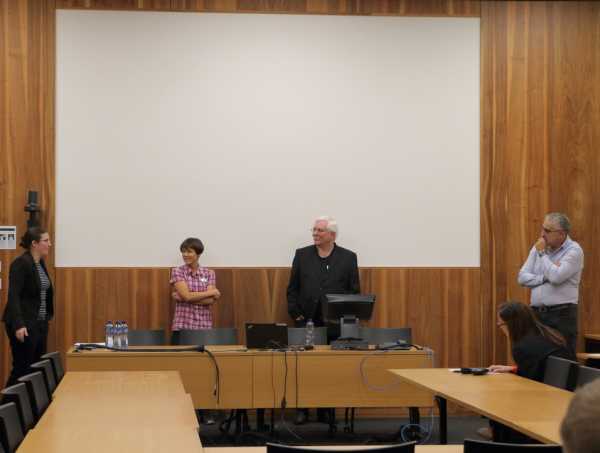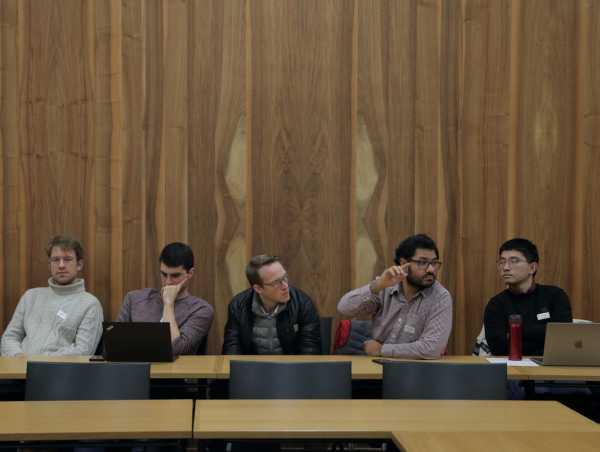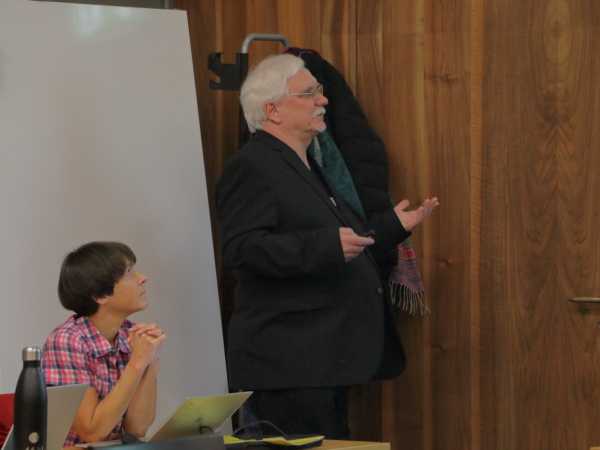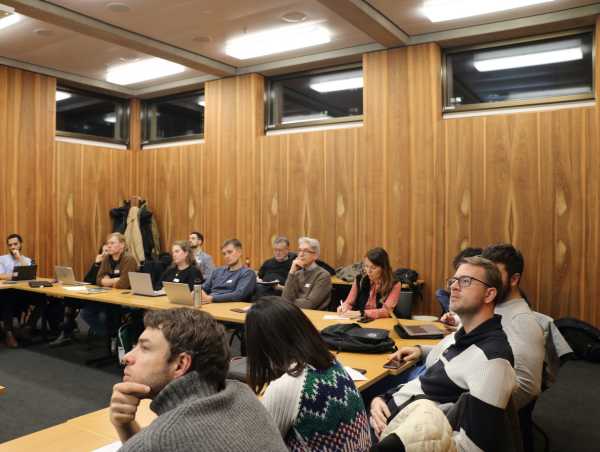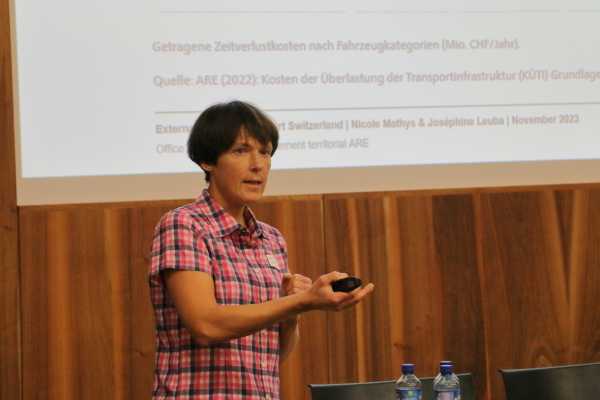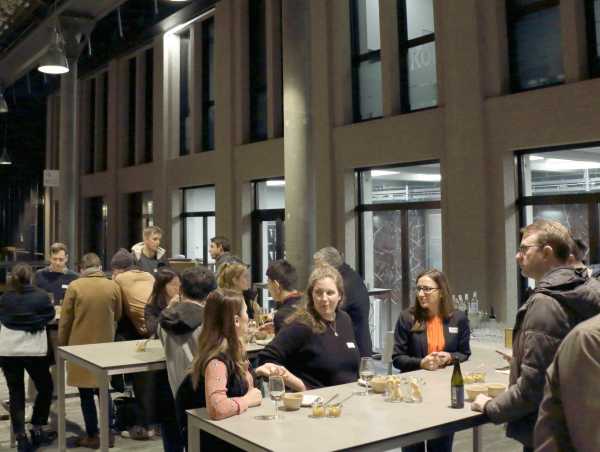About the seminar
The benefits of transport are plenty and obvious, particularly for those that take part in it; however, there are also costs associated with the use of any transportation means. A part of these costs is generally covered by the users, but there is also a part of the costs which is covered by the general public. These are the external costs regularly assessed by ARE, primarily related to environmental and health damage, as well as a portion of the costs induced by accidents.
At this seminar, Josephine Leuba and Nicole Mathys explained in detail the methodology and scope of the national calculations of external costs of transport. These costs amount to a total of about 14 billion CHF (in 2019), of which only around 5% are currently internalized, with the majority of the internalization taking place via the performance-related heavy vehicle charge (HVC).
The annual external cost estimates for all modes of transport in Switzerland form the basis for calculating transport costs and compensation for heavy goods traffic, as well as shaping the country's transport policy. These estimations are used to assess cost-benefit analyses of road and rail infrastructure projects, and therefore contribute to paving the way for more sustainable decisions in the long run.
The methodology is constantly being updated. The next planned developments involve: the integration of congestion costs, the improvement of the database, the definition of critical parameters, as well as a better differentiation between urban and rural areas.
Thomas Heck, from the Laboratory for Energy Systems Analysis at Paul Scherrer Institute (PSI), presented the results of the life cycle-based assessment of environmental externalities of transport. The method used by the PSI’s team is a bottom-up approach for impact pathways, combined with a semi-regional approach that allows differentiation of drivetrain technology and level of development. It also enables simulation of future technological development.
Thomas Heck’s presentation emphasized the high importance of indirect impacts induced by the associated life cycle (e.g., vehicle manufacturing, fuel production, etc.) when calculating environmental impacts and externalities. In the past, the direct emissions of the vehicle, were the main source of environmental issues and externalities, when compared to the indirect life cycle emissions. However, technological improvements, and especially the electrification of the fleet, will lead to a completely different distribution of direct and indirect emissions. The method described by Thomas Heck allows to calculate the impact caused in regions far away from where the vehicles are used. Moreover, for electric vehicles, the impacts associated with electricity generation are particularly important.
We thank the engaged speakers for an insightful and inspiring evening, as well as the participants for a lively dialogue. The discussion should be continued, as the potential of external cost evaluation to promote a sustainable transportation system is substantial.
If you were unable to join us, or if you wish to revisit the presentations, please follow the links below to download the slides and get an impression of the event.
